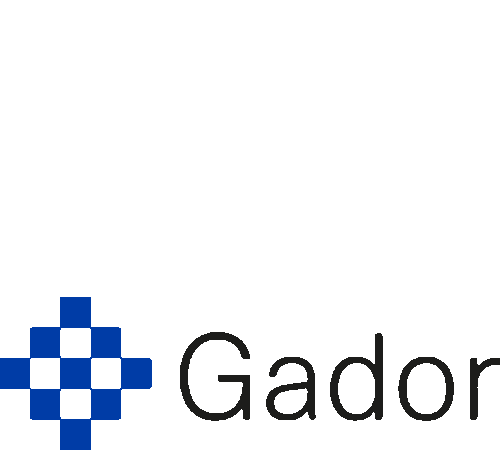Introduction: Gay and bisexual men, among other men who have sex with men (MSM), especially HIV-positive, have an increased risk of anal intraepithelial neoplasia, anal human papilloma virus (HPV) infection and anal cancer associated with HPV infection. Screening programme includes anal cytology (Pap test) and high resolution anoscopy and biopsy in patients with abnormal cytology findings [1,2]. Anal cytology screening is yet to be implemented as a routine in Uruguay, and there is no previous data of anal HPV infection prevalence in MSM. Our objective is to determine HPV genotypes prevalence in anal samples from HIV-positive and HIV-negative MSM and their association with anal lesions.
Materials and methods: A cross-sectional study is being conducted since June 2015. Implementation period: one year. Sample: gay and bisexual men and other MSM over 18 years. Exclusion criteria: vaccinated against HPV and HPV-associated lesions previously diagnosed. Anal visual inspection is performed and two samples are taken from the anal canal for Pap cytology technique (Bethesda Classification 2001) [3], molecular diagnosis and genotyping of HPV (SerpaA). Patients with abnormal inspection or anal cytology are referred for anoscopy and eventual biopsy.
Results: During the first six months of implementation: 38 patients were included. Median age: 34 years. Median age of first sexual intercourse: 18 years. Average number of sexual partners in the last six months was 14.5; 29 (76.3%) were HIV positive, all on antiretroviral therapy, with median CD4 620/mm3 and 23 (79.3%) with suppressed viral load. Anal inspection was abnormal in 14 (36.8%) patients. Twenty-seven patients had a pathological cytology: 14 (36.8%) ASCUS, 12 (31.6%) LSIL, 1 (2.6%) HSIL and 9 (23.7%) normal cytology. Two samples were unrepresentative. The molecular diagnosis of HPV was positive in 23 (65.8%) patients, negative in 6 (17.1%) patients and unrepresentative in 6 (17.1%) patients. The genotypes found in 11 patients were 6, 11, 16, 18 and 54. Anoscopy was performed in 15 (55.5%) of 27 patients with indication for it: 9 without macroscopic alteration and 6 pathological (condilomatosis). HPV detection was positive in 18 (78.35) HIV-positive patients and 5 (21.7%) HIV-negative patients (p_0.555). Cytology was abnormal in 23 (85.2%) HIV positive patients (14.8%) and 4 HIV-negative (p_0.064).
Conclusions: A high prevalence of HPV infection and pathological anal cytology was found in the population studied, especially in HIVpositive patients. These results are similar to the ones found in international data and will help to develop national strategies of prevention through the implementation of screening.




